Richard Deacon embraces failure in Antwerp with stellar results

Richard Deacon’s first outdoor sculpture show, which opens this weekend in Antwerp, is long overdue. It’s been 30 years since the artist, one of the leading British sculptors of his generation, won the Turner Prize. But the circumstances of this show are somewhat novel, since it has its origins in a bold admission of failure.
In 1993 the Middelheim Museum, a wonderful city-based sculpture park with a historic collection ranging from Rodin to Ai Weiwei, bought one of Deacon’s biggest and most ambitious works. Never Mind was a beautiful giant balloon-like structure crafted out wood. Defying its weighty material properties, it appeared to expand outward and float over the earth like a ghost ship.
The sculpture decayed unexpectedly quickly, and the museum locked it out of site. ‘Nobody wanted to talk about it,’ says Middelheim Museum director Sara Weyns. However, the sad story of Never Mind became for Weyns a very important one. She began to see it as a brilliant way to address a bigger question that the contemporary art world is now facing: that of the unknowablity of the future of contemporary art. How will it survive and live on, given the new, untested materials and techniques that so many use?
Deacon’s answer has been to recreate the piece in stainless steel. A new work altogether, it lives on defiant, robust, purpose-built for the future – even futuristic in a spaceship kind of way.

Something Else Works, 2013, and Alphabet, 2015
What the exhibition stands for, with Never Mind at its heart, is not the sad ephemerality of beauty, but the pioneering human drive to improve, recreate, and adapt. And perhaps more importantly for Deacon, it highlights the risk his practice takes.
When talking about his work, it’s his willingness to embrace failure that gets him excited. ‘I love glazing clay,’ he says. ‘It’s the only way I like to paint, because you don’t have any idea what it’s going to look like. That’s extremely liberating.’
As one walks around the grounds of Middelheim, Deacon’s streak of risk becomes apparent in everything he does. It’s essential – because he wants to make the material perform in uncharacteristic, surprising ways.
Giant, fragile columns of ceramics have been assembled as if in free-fall, arranged in an off-balance way. Planks of wood have been twisted into ribbons that create a delicate cradle filled with light. They seem elastic – until you see how firmly fixed they are with metal framework at the sides.
‘Fluidity and fixedness are two sides of a rather interesting divide,’ says Deacon, ‘like being alive or dead.’ A love of risk must be united with a grounded respect for nuts and bolts realities of technique and process – as well as a true artist’s willingness to get it wrong.

Left, I Remember (3), 2013. Right, Morning Assembly, 2008
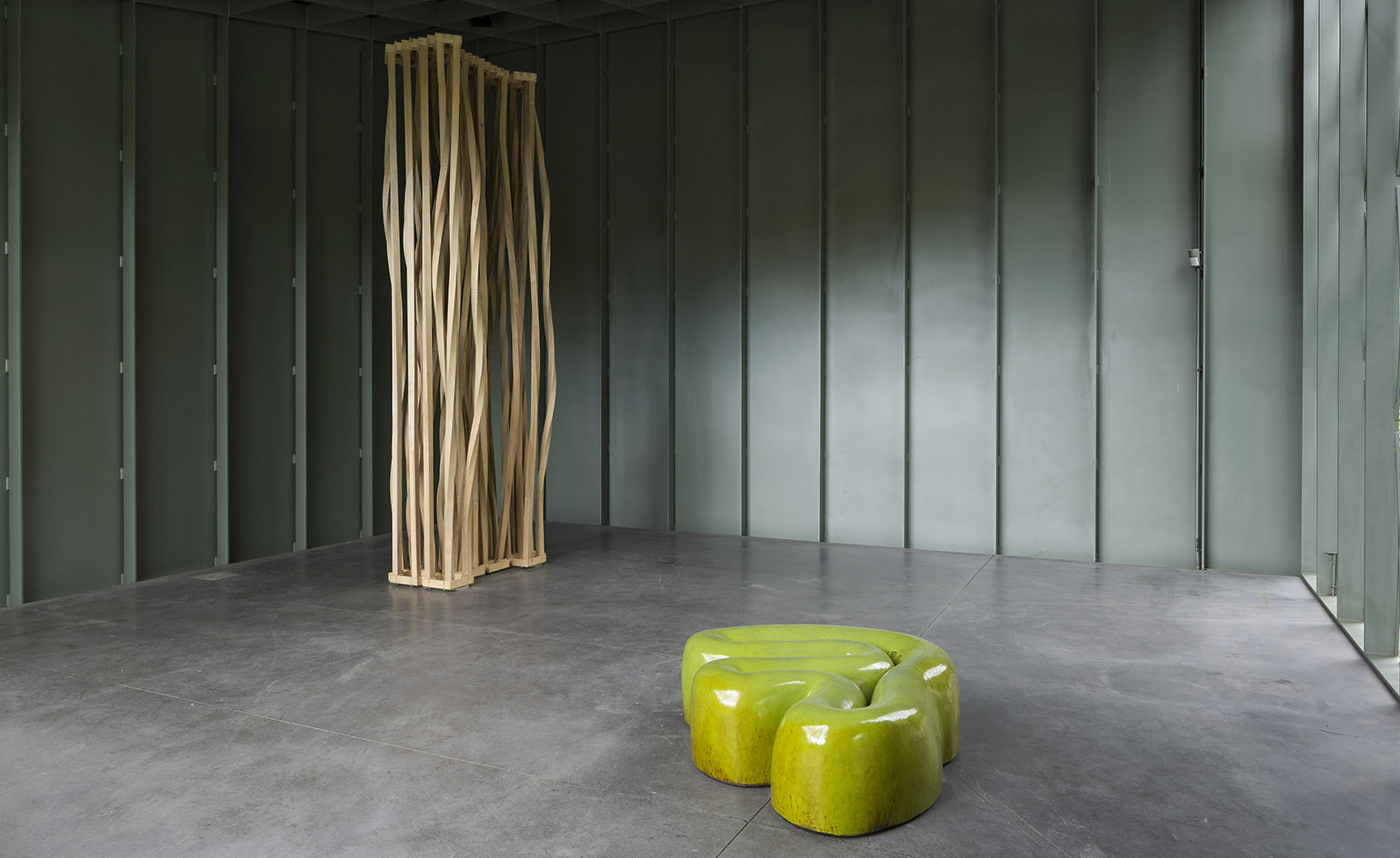
Left, I Remember (1), 2012. Right, Tomorrow And Tomorrow And Tomorrow ‘H’, 2000
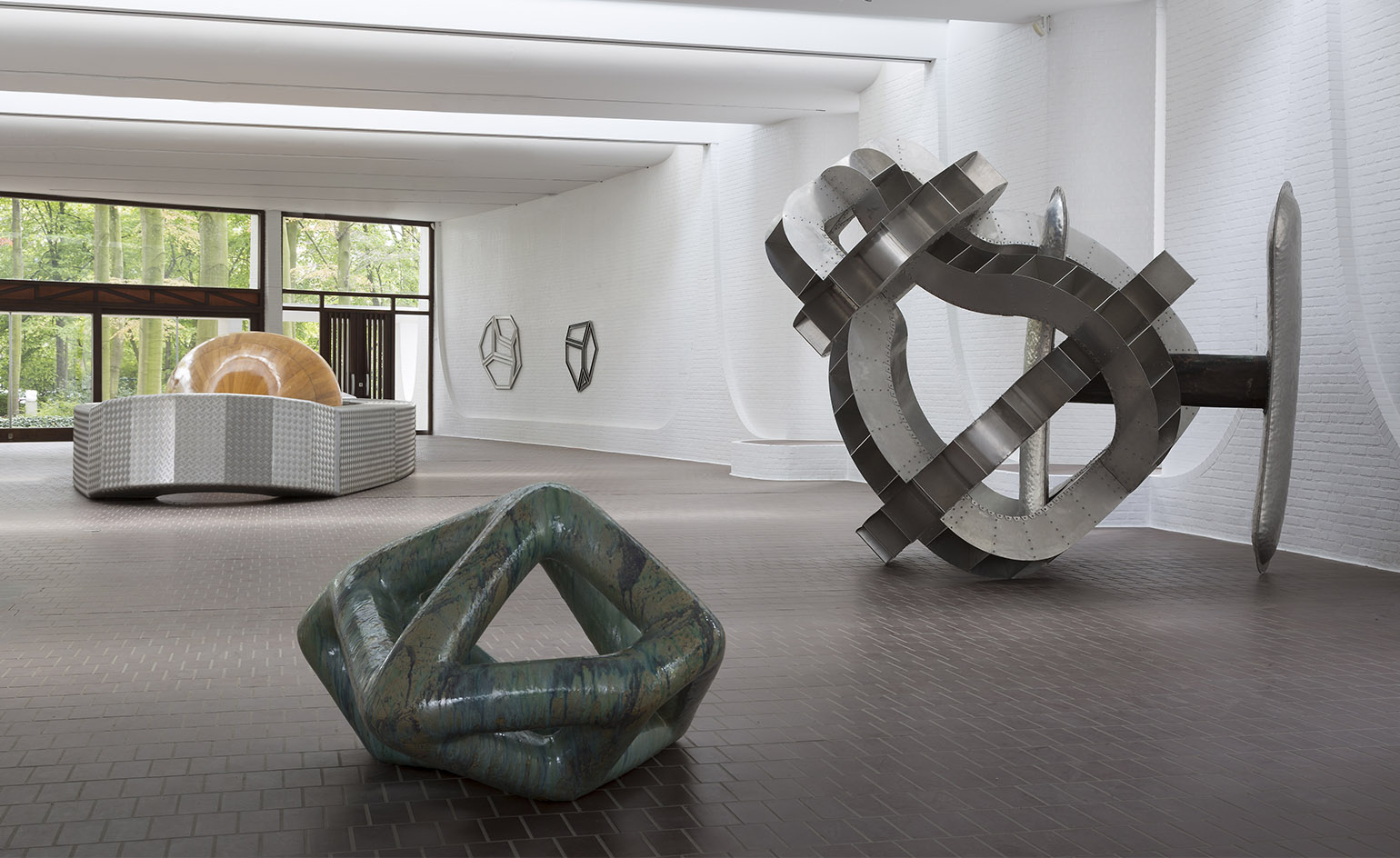
From left, Bikini, 1992; Like You Know, 2002; Body Of Thought #2, 1984
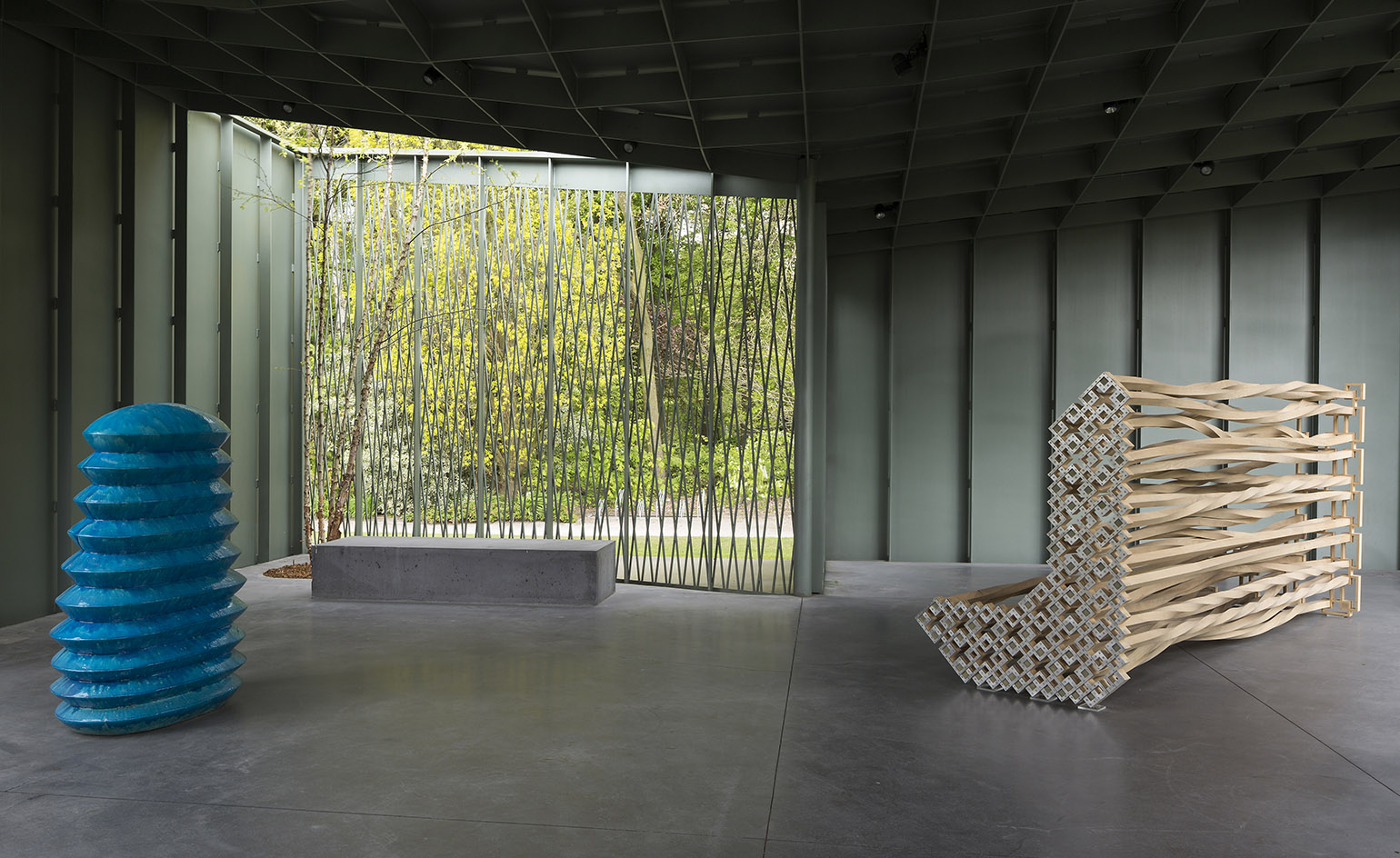
Left, Tomorrow And Tomorrow And Tomorrow ‘B’, 1999. Right, I Remember (3), 2013
INFORMATION
‘Richard Deacon: Some Time’ runs from 27 May – 24 September. For more information, visit the Middleheim Museum website
ADDRESS
Middelheimlaan 61
2020 Antwerp
Receive our daily digest of inspiration, escapism and design stories from around the world direct to your inbox.
-
 Click to buy: how will we buy watches in 2026?
Click to buy: how will we buy watches in 2026?Time was when a watch was bought only in a shop - the trying on was all part of the 'white glove' sales experience. But can the watch industry really put off the digital world any longer?
-
 Don't miss these art exhibitions to see in January
Don't miss these art exhibitions to see in JanuaryStart the year with an inspiring dose of culture - here are the best things to see in January
-
 Unmissable fashion exhibitions to add to your calendar in 2026
Unmissable fashion exhibitions to add to your calendar in 2026From a trip back to the 1990s at Tate Britain to retrospectives on Schiaparelli, Madame Grès and Vivienne Westwood, 2026 looks set to continue the renaissance of the fashion exhibition
-
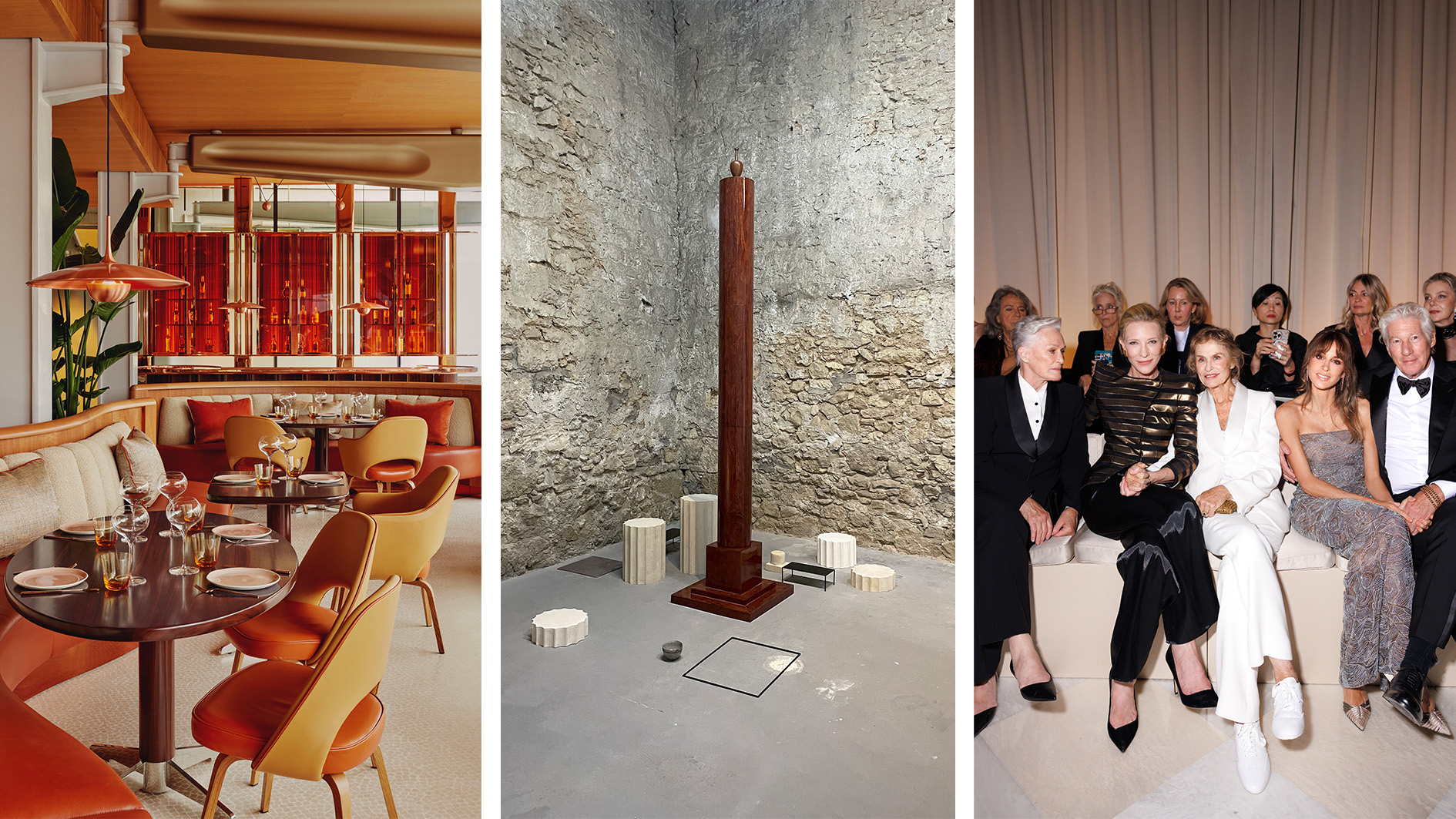 Out of office: the Wallpaper* editors’ picks of the week
Out of office: the Wallpaper* editors’ picks of the weekThis week, the team embarked on a rich journey through fashion, design and culture, from rubbing shoulders with Armani-swaddled celebs to exploring the art scene in Athens
-
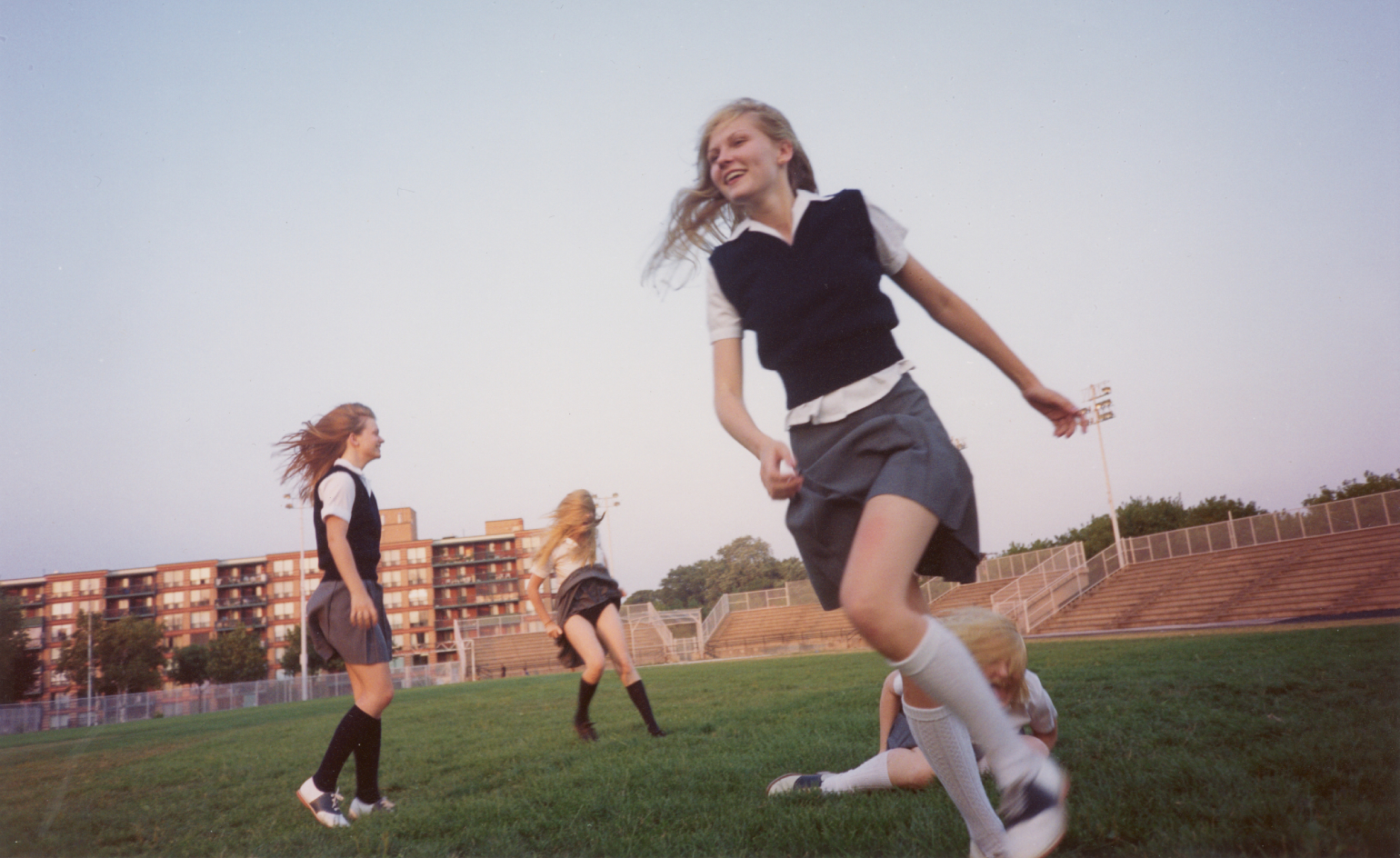 The cultural weight of girlhood is complex and beautiful at MoMu
The cultural weight of girlhood is complex and beautiful at MoMuA new Antwerp exhibition, ‘Girls. On Boredom, Rebellion and Being In-Between’, frames girlhood as both archetype and subversion, featuring works by Sofia Coppola, Louise Bourgeois, and more
-
 Rolf Sachs’ largest exhibition to date, ‘Be-rühren’, is a playful study of touch
Rolf Sachs’ largest exhibition to date, ‘Be-rühren’, is a playful study of touchA collection of over 150 of Rolf Sachs’ works speaks to his preoccupation with transforming everyday objects to create art that is sensory – both emotionally and physically
-
 Architect Erin Besler is reframing the American tradition of barn raising
Architect Erin Besler is reframing the American tradition of barn raisingAt Art Omi sculpture and architecture park, NY, Besler turns barn raising into an inclusive project that challenges conventional notions of architecture
-
 What is recycling good for, asks Mika Rottenberg at Hauser & Wirth Menorca
What is recycling good for, asks Mika Rottenberg at Hauser & Wirth MenorcaUS-based artist Mika Rottenberg rethinks the possibilities of rubbish in a colourful exhibition, spanning films, drawings and eerily anthropomorphic lamps
-
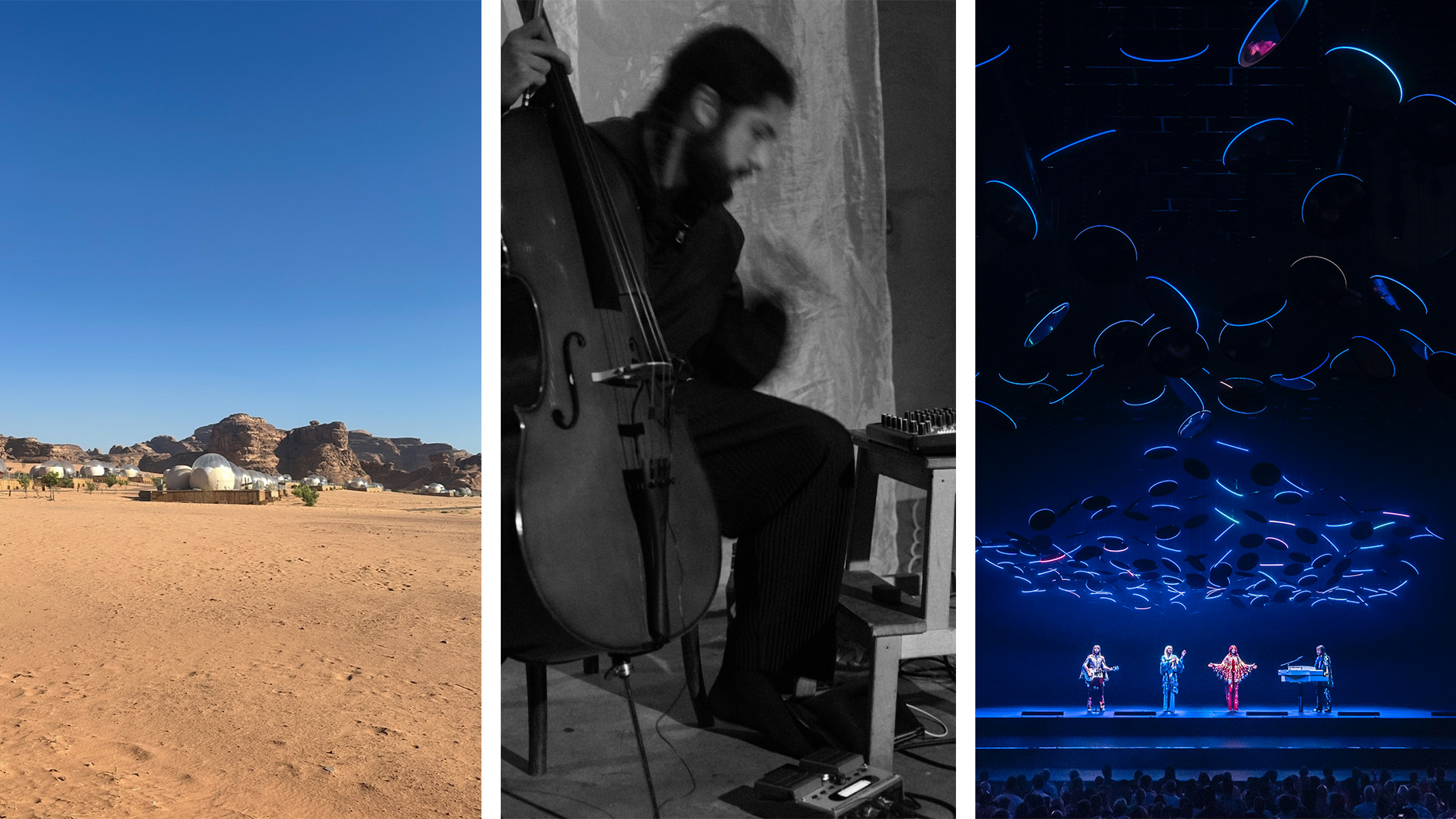 Out of office: what the Wallpaper* editors have been up to this week
Out of office: what the Wallpaper* editors have been up to this weekThis week saw the Wallpaper* team jet-setting to Jordan and New York; those of us left in London had to make do with being transported via the power of music at rooftop bars, live sets and hologram performances
-
 San Francisco’s controversial monument, the Vaillancourt Fountain, could be facing demolition
San Francisco’s controversial monument, the Vaillancourt Fountain, could be facing demolitionThe brutalist fountain is conspicuously absent from renders showing a redeveloped Embarcadero Plaza and people are unhappy about it, including the structure’s 95-year-old designer
-
 See the fruits of Niki de Saint Phalle and Jean Tinguely's creative and romantic union at Hauser & Wirth Somerset
See the fruits of Niki de Saint Phalle and Jean Tinguely's creative and romantic union at Hauser & Wirth SomersetAn intimate exhibition at Hauser & Wirth Somerset explores three decades of a creative partnership